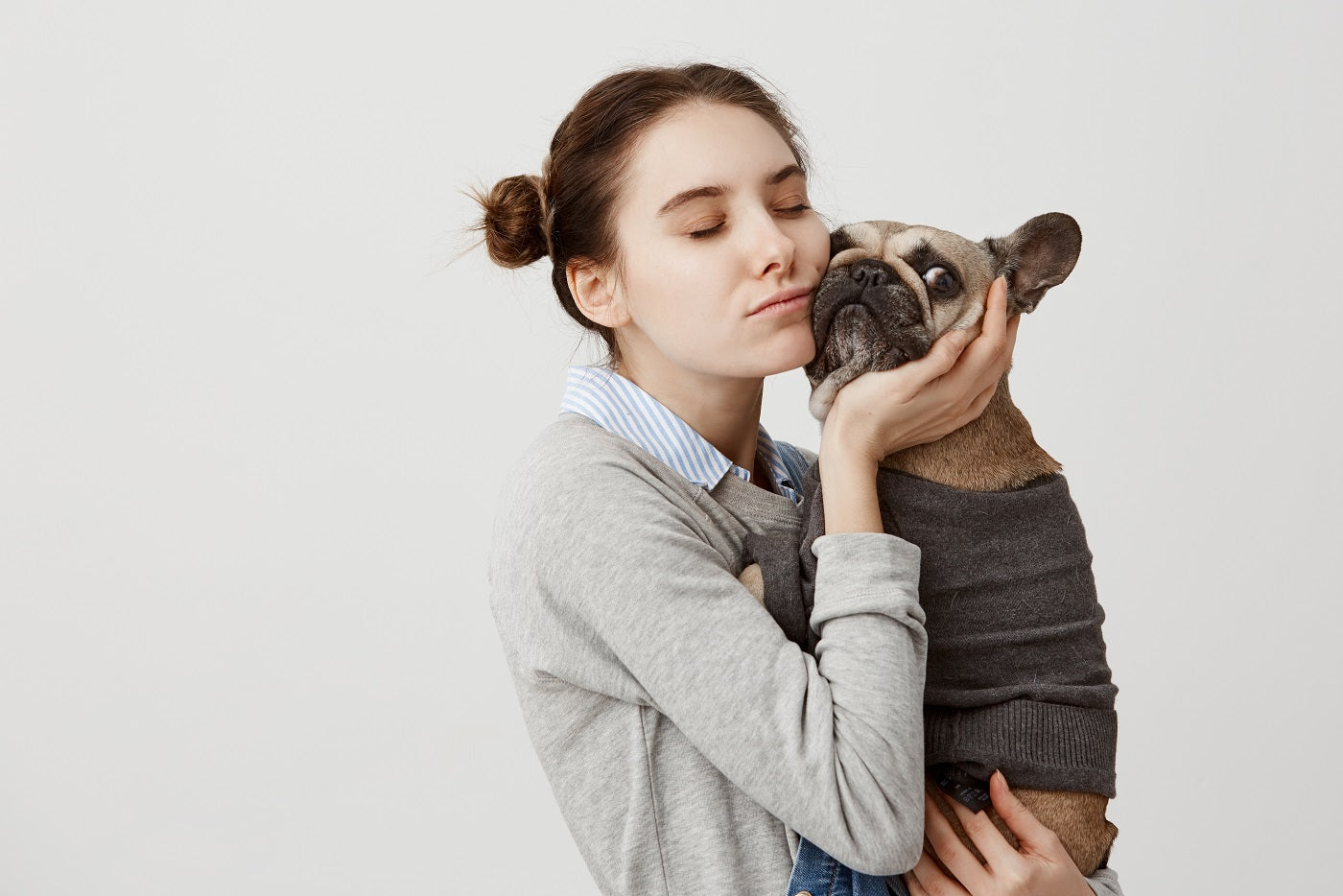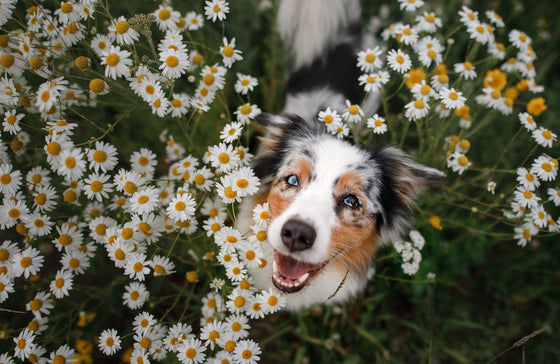
Do you sometimes feel like you just don't know what your dog wants? Dogs use a variety of body language to signal their emotions and intentions. Sometimes they may bark, whine, or growl to communicate. However most of the time, they use their body language, which can lead to a lot of misunderstandings. How can you better understand your dog? Here are a few tips on reading your dog's body language!
Many dog owners assume that tail wagging is an obvious sign that your dog is happy. But is that accurate? Nope. It only means that your dog is emotionally aroused. It could mean that they are frustrated, excited, or something else. To read your dog's true emotions, check the speed, direction, and position in which your dog's tail is wagging. If your dog's tail is wagging faster it means he's more excited - good or bad. If his tail is wagging slowly as he greets you, that means your dog is more relaxed. If his tail is wagging fast, with a twitch-like wag, that could mean that hes highly alert and most likely in a negative way.
The direction of the wag could also indicate their emotions. Some studies say that if your dog wags more to the right, they are feeling happy and to the left could mean that they are feeling negative. Also, if the position of the tail is higher, then it could show that they are more assertive or aggressive. If your dog's tail is pointed down, lower towards the floor, then it could mean that they are stressed or scared. If they are feeling relaxed, then their tail would be in a more neutral position.
If your dog is hunched over or cowering, then it is likely that they are stressed or scared. If your dog shifts his position more forward, then it could indicate that your dog is trying to get closer to an object or try to appear larger if it is paired with aggressive body language such as a growl or that fast, twitch-wag mentioned above.
Dogs have many similar facial features as people, but the meaning may not be the same. For example, lip-licking. Sometimes we may assume that lip-licking indicates that your dog is hungry, but it could mean that they are feeling anxious. They could be expressing their discomfort regarding the situation. At the same, dogs do also lick their lips after a meal. You may also catch your dog yawning, which could signal that they are tired, but they also yawn when they are stressed.
Your dog may also smile. Yup, dogs do smile when they are in a calm or relaxed mode. However, if you notice your dog baring their front teeth accompanied by aggressive snarls and growls, chances are, he is giving out a warning and he's not happy at all, so be aware!
So it really helps to note that none of these dog body language act alone. They are usually combined with other signs - so check from their tail to their mouth and the sound they emit to get an overall better grasp of what your dog is trying to communicate to you. As you get to know your dog better, you are in a better position to help him~


Spring is finally here, and as a dog owner, it's important to make sure your furry friend is ready for the season. With a little bit of effort, you can help your furry friend transition smoothly into the spring season.
Here are seven dog care tips to keep in mind:
